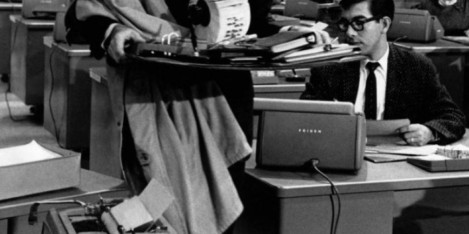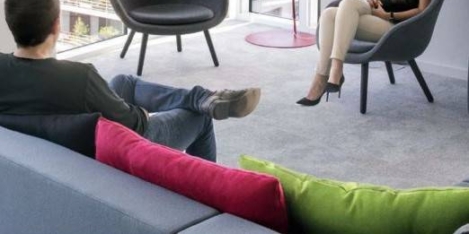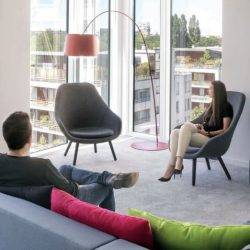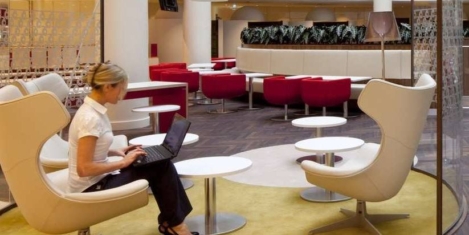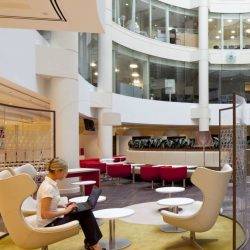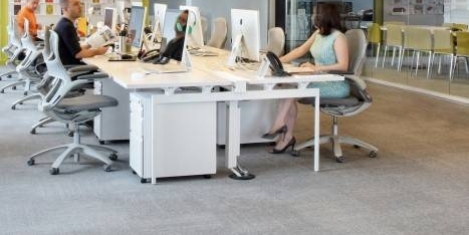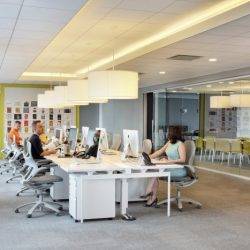April 27, 2017
Remote access to the workplace may be doing staff more harm than good 0

Employees are divided on whether remote access to the workplace is really a positive or negative development, with almost a third of UK workers (32 percent) feeling that having remote access to the workplace means they can’t switch off in their personal time. According to the latest CIPD/Halogen Employee Outlook report, two-fifths of UK workers (40 percent) admit to actively checking their work mobile or emails at least five times a day outside of working hours. Nearly a fifth (18 percent) feel as though they are under surveillance with remote access to work, and 17 percent say it makes them feel anxious or even impacts their quality of sleep. However, almost a third (30 percent) of employees say they feel empowered by having remote access to the workplace, showing a divide in opinion. Indeed, more than half of employees (53 percent) say it helps them to work flexibly and more than a third (37 percent) say it makes them more productive.







